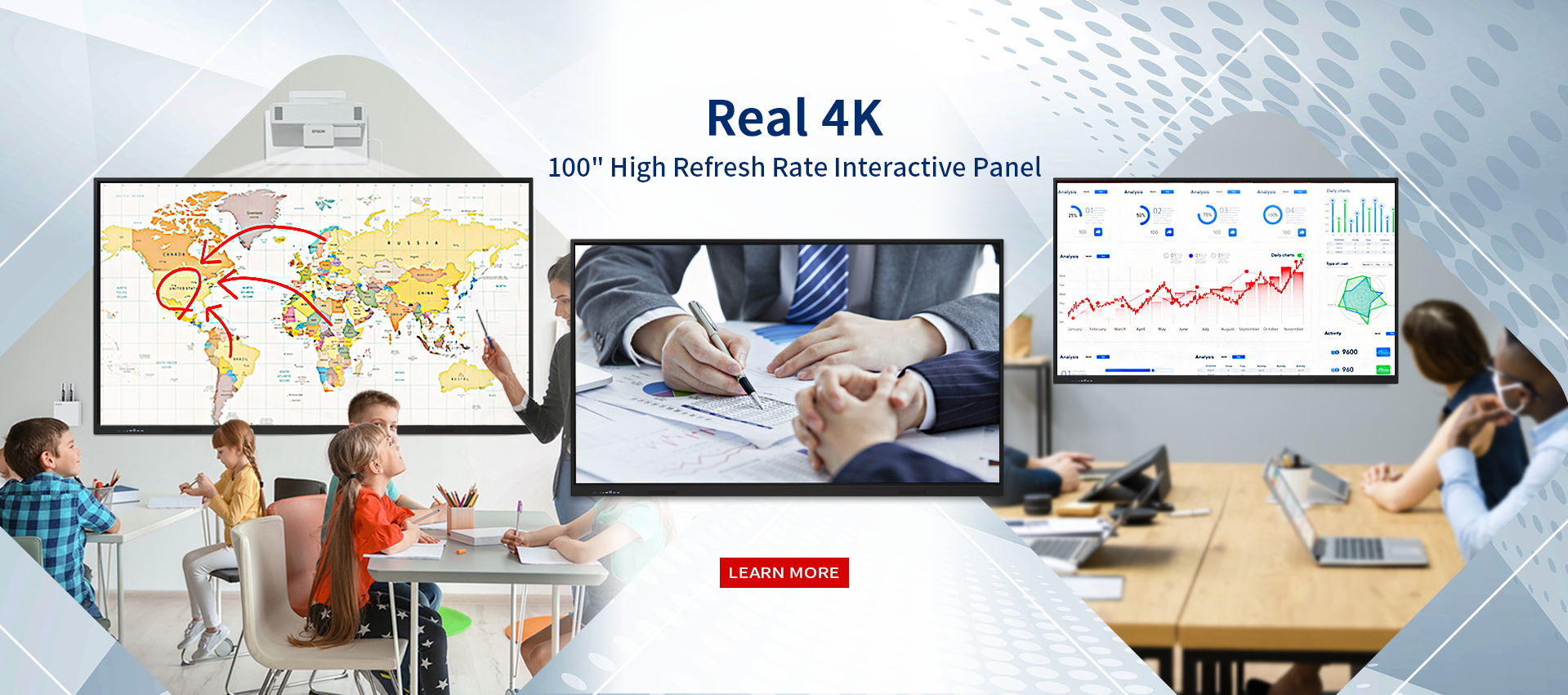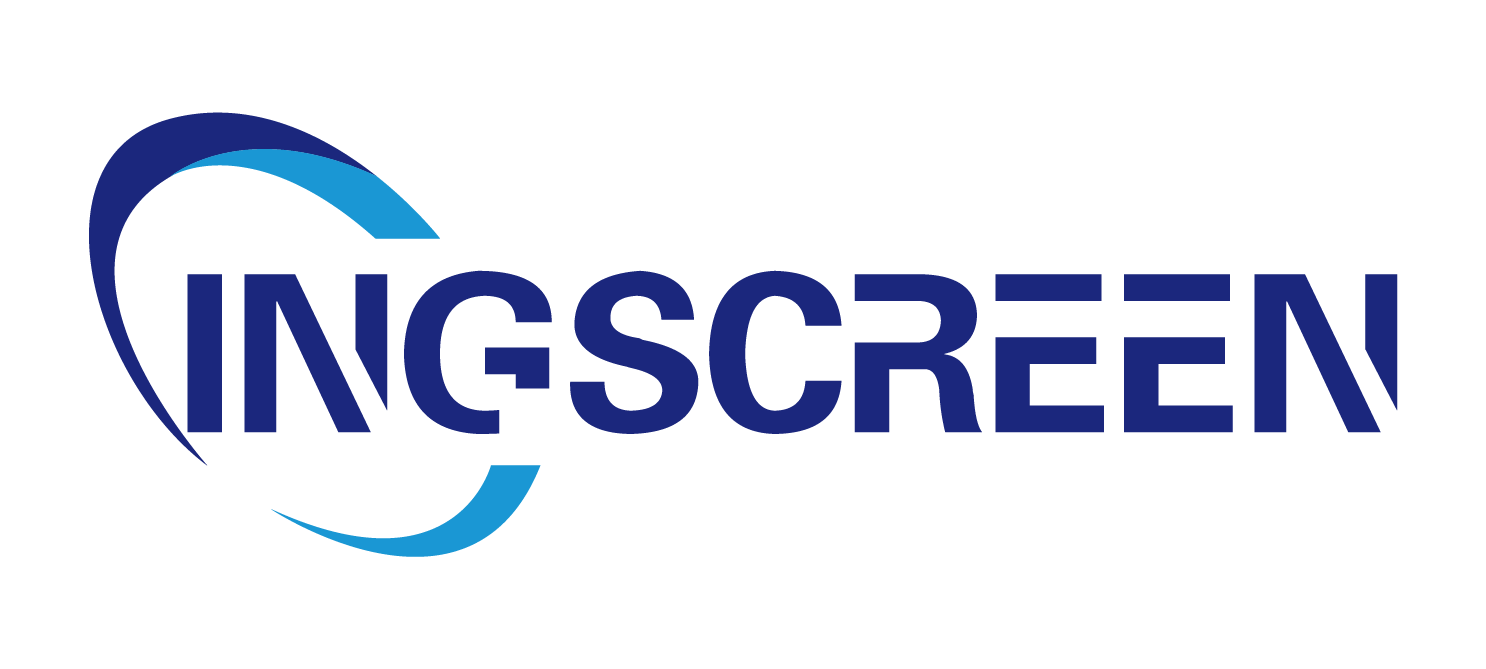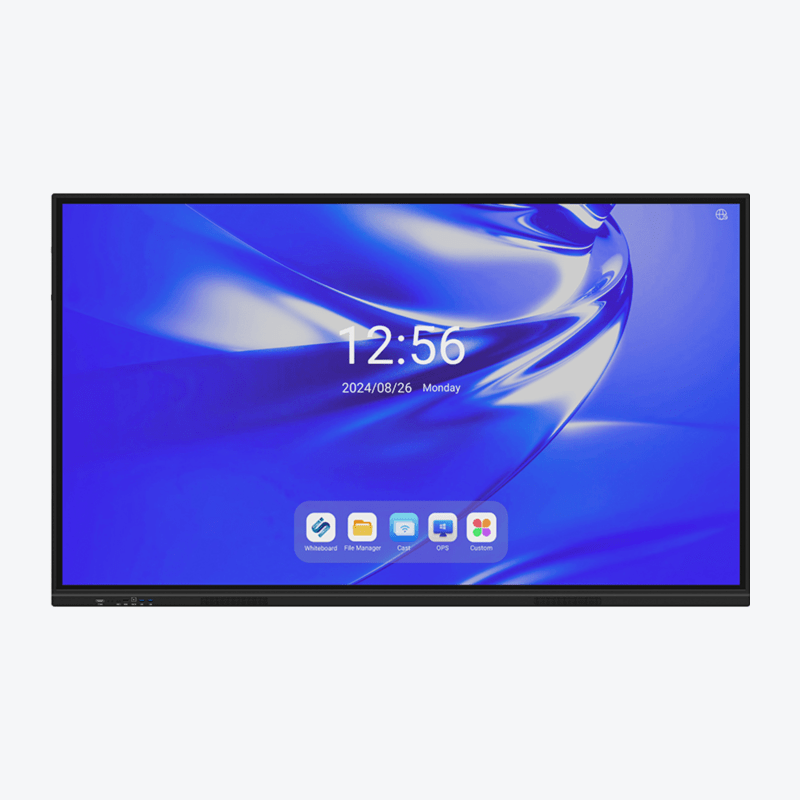Introduction
Over the years, digital signage software has evolved significantly and it is considered as a critical component of any modern communication strategy that seeks for dynamic display, attractive presentation or at times interactive way to exhibit point-of-sale campaigns. It is allowing businesses, educational centres and public buildings to disseminate messages in a more powerful way than the traditional display methods of signs.
Key features
Some of the key features you should look out for in digital signage software when selecting, include:
Intuitive: Everyone can use the software to create and maintain content without an extensive technical background.
Template Libraries: Eloqua provides template libraries that helps in building content and making it fit into brand requirements so as to deliver the right message.
Remote Control: The control of updating content remotely wherever you are, this feature ensures a certain flexibility and convenience.
Multi-device and Multi-browser Compatibility: It is important to make the software compatible with different screen sizes, resolutions, orientation so as to fit in various display setups.
Touch-Screen Cauntable Features: If you are going to use interactivity in your displays, then look for software that supports touch-screen capability and so on.

Best Digital Signage Software Picks
Wallboard – Wallboard is a cloud-based, all in one content management system for businesses of any scale. It makes creating, scheduling, updating and deploying content easy.
Yodeck Yodeck is a fast, cloud-based platform that makes it easy to design and manage professional digital signage displays of all kinds.
OnSign TV: Cloud-based digital sign software with complex respawn playlists to digitally optimize your content sequence for the best performance.
Screenly OSE: Screenly OSE is a free open source digital signage software tool that is purpose built for small teams and organizations, providing elementary CMS functionality alongside compatibility with Raspberry PI hardware.
ScreenCloud: ScreenCloud is a great professional digital signage software that works with over 60 integrations and has a growing list of functions you can control through the GraphQL API, making this an ideal solution for medium-sized organizations.
Content Management
Digital Signage Digital signage success starts with content management. Test it on these features for a suitable software:
Simple Navigation and User-Friendly Interface: The software should have an interface that is simple to use, even for someone without technical knowledge.
Customization and Scheduling: Features to watch for include robust scheduling sor flexibility, the ability to publish a variety of different types of content, developing templates from these formats (for example having an event flyer which is customizable with individual chapter information), etc., as all will some how feed into varying communication needs.
You: Supports all types of file formats and Real-time updating, You can keep your content live at any time.
Reporting and Analytics: Reporting can let you see how well your audience is engaging with the content, assisting in developing data-driven plans.
Scalability and Expandability
Select a software that can scale based on the needs of your organization. Things to consider when scaling
You should be able to remotely manage it and all obvious software (like OSs) and most hardware need to work so your new acquisition can fit in as if it was just another remote office server.
A variability in the pricing model, that organizes may need as they grow (or age out of a certain bracket), and a reliable performance guaranteeing such maintains its value through time.
If you're not, they never seem to be enough because what it always come down to is security - making sure your system and data are secure from whatever intrusions might try and get inside.
Resources for support and training
Support and Training: This is where having comprehensive support resources can really make or break your digital signage software experience.
Technical Support and Software Updates: 24/7 technical support and regular software updates make it easy to troubleshoot problems and keep your system up-to-date.
User Guides and Online Community-Friendly: User guides, along with a strong online community behind the software can further support incoming queries to better guide users on how they can best utilize the tool.
Support: If you need help, only the customer service team will guide and provide support to your needs personally.
Digital Signage Best Practices for Content Design
Establish Metrics: Determine your goals, set clear objectives and metrics to determine success for the content you create with digital signage strategies. Understand Your Audience & Location - Identify what motivates and interests the audience at different locations so that targeted messages are deployed efficiently.
Use high-resolution images and minimalist designs which are clean, less cluttered, creating lots of white space.
Integrate Motion and a Story: The short animations combined with the storyline can help your content to become more interactive and memorable.
Ensure that your content is related to the specific location and context of display itself for full-blast effect.
Implementation Considerations
Understanding Your Demographics, Interests and Material Preferences: Ensure that the content resonates with your audience.
Location is Key: Make sure to put your digital signage in places where you know they will be able to reach the right audience.
Update your content every so often: This merely means pushing a new promo, message or even visual on a regular basis.
KPIs and Trackables for Digital Signage Success
Set targets and KPIs: Clearly define the purpose of your digital signage, whether that be footfall Increase, Sales or customer feedback.
Using Analytics and Reporting: Use the analytics & reporting of your digital signage software to track performance, this way you can easily see what is working so that better decisions may be taken.
The Issue with Digital Signage Software Adoption
Technical and Budget Constraints: It will help you overcome issues such as technical requirements, budget constraints by understanding your requirement to implement a proper solution within the boundaries of what it costs.
Using Best Practices – Observe best practices to avoid common mistakes and guarantee a smooth implementation of your digital signage software.
Digital Signage Software Future Trends
Incorporation of AI and IoT: With the rise in technologies such as AI, around digital signage solution is expected to be more intelligent with its content delivery system and interactive experiences.
Effects of New Technologies: Keep having an eye over the new technologies in order to make your digital signage more efficient and interactive.
Conclusion
Choosing the correct digital signage software can help make or break your overall digitay communicationstrategy. Provided you use notable attributes, compare key features and apply some best practices in your deployments: you can confidently develop interactive solutions that improve the experience for the people they seek to inform.
Table of Contents
- Introduction
- Key features
- Best Digital Signage Software Picks
- Content Management
- Scalability and Expandability
- Resources for support and training
- Digital Signage Best Practices for Content Design
- Implementation Considerations
- The Issue with Digital Signage Software Adoption
- Digital Signage Software Future Trends
- Conclusion




